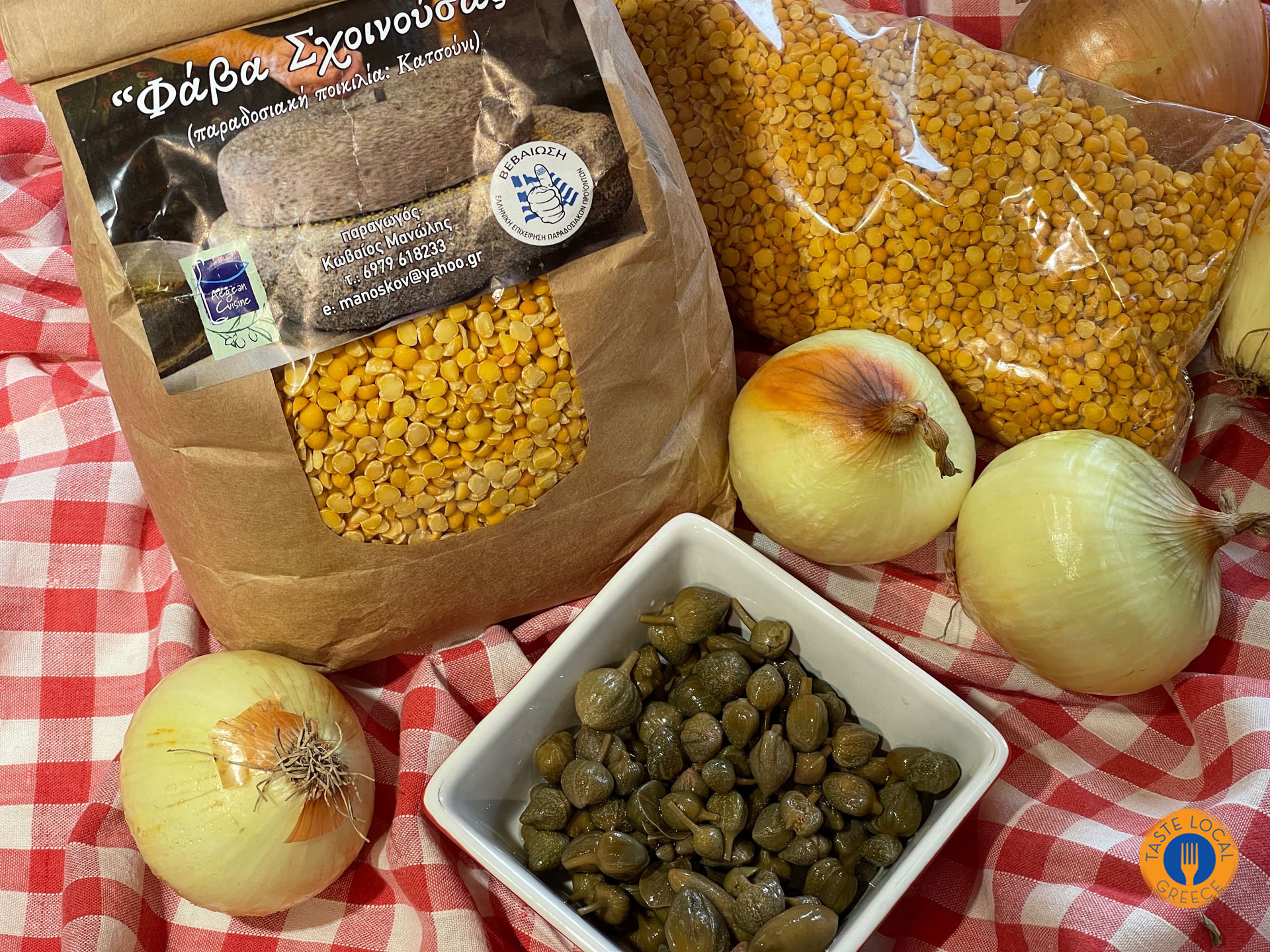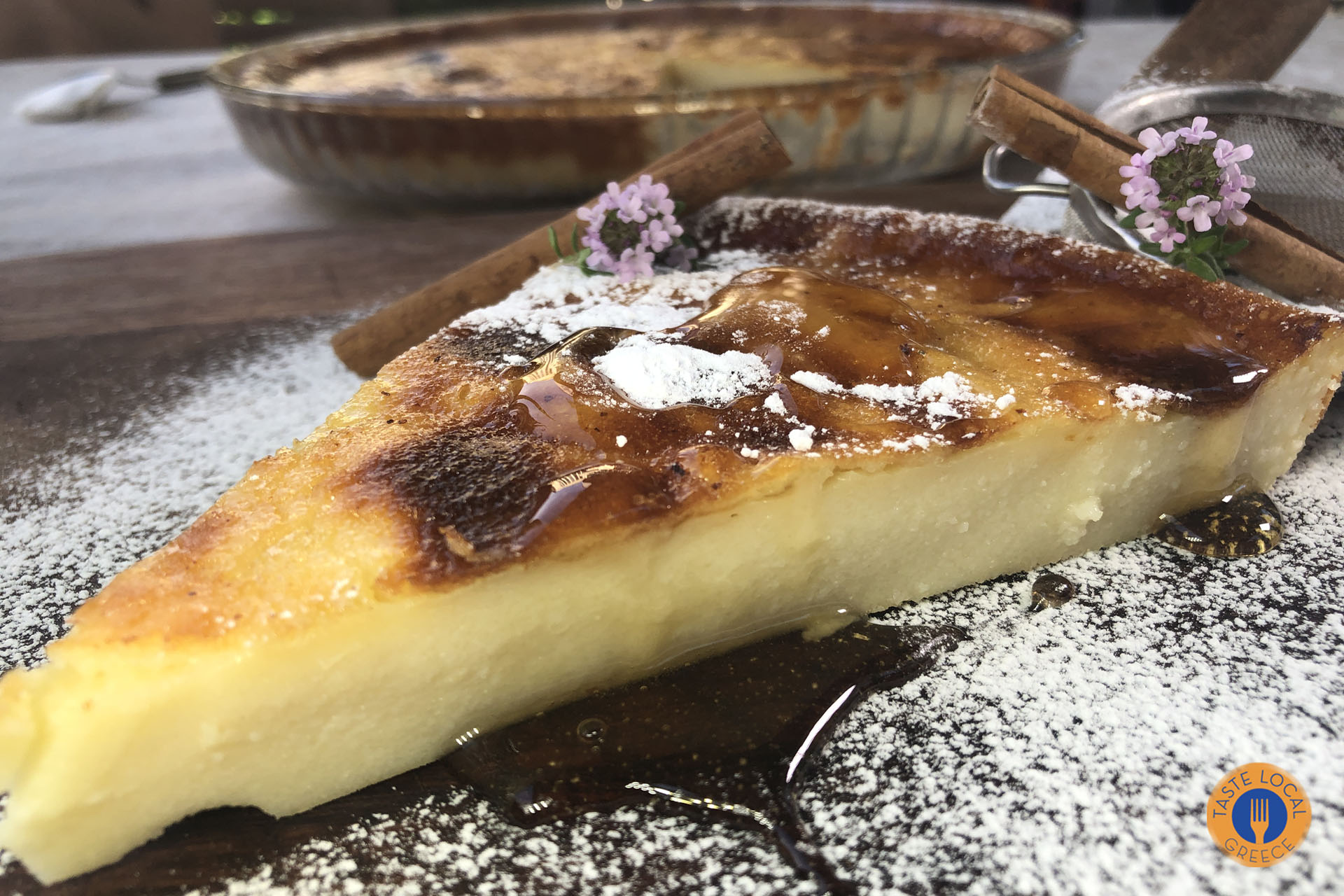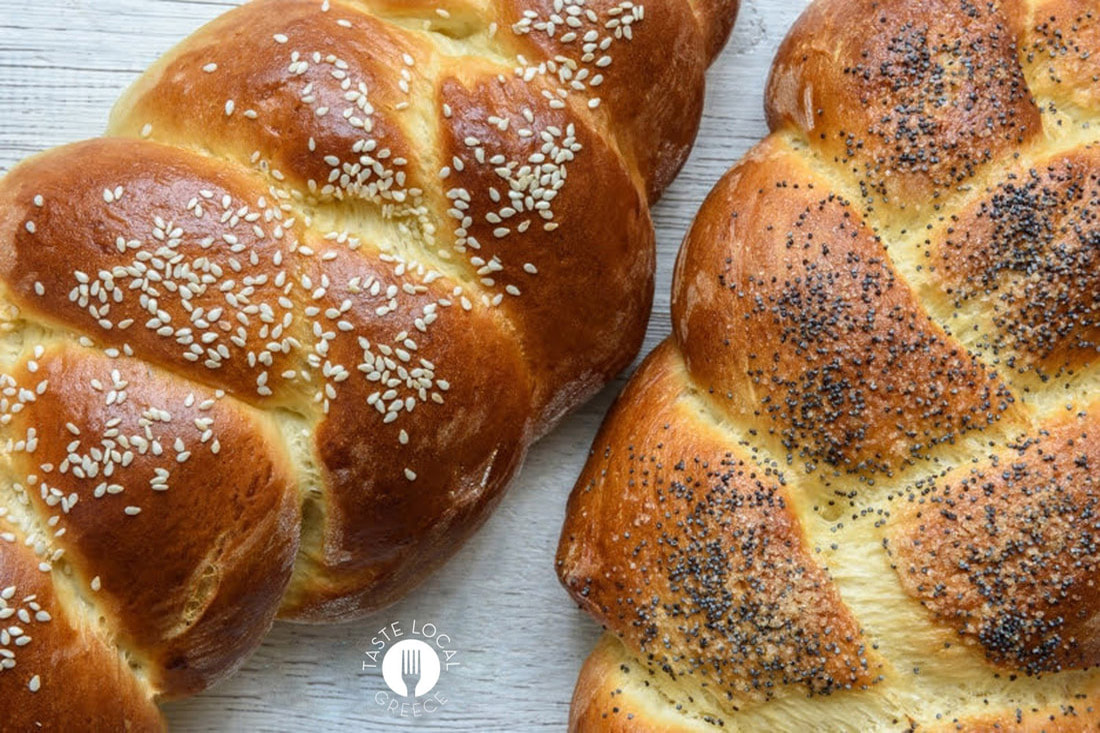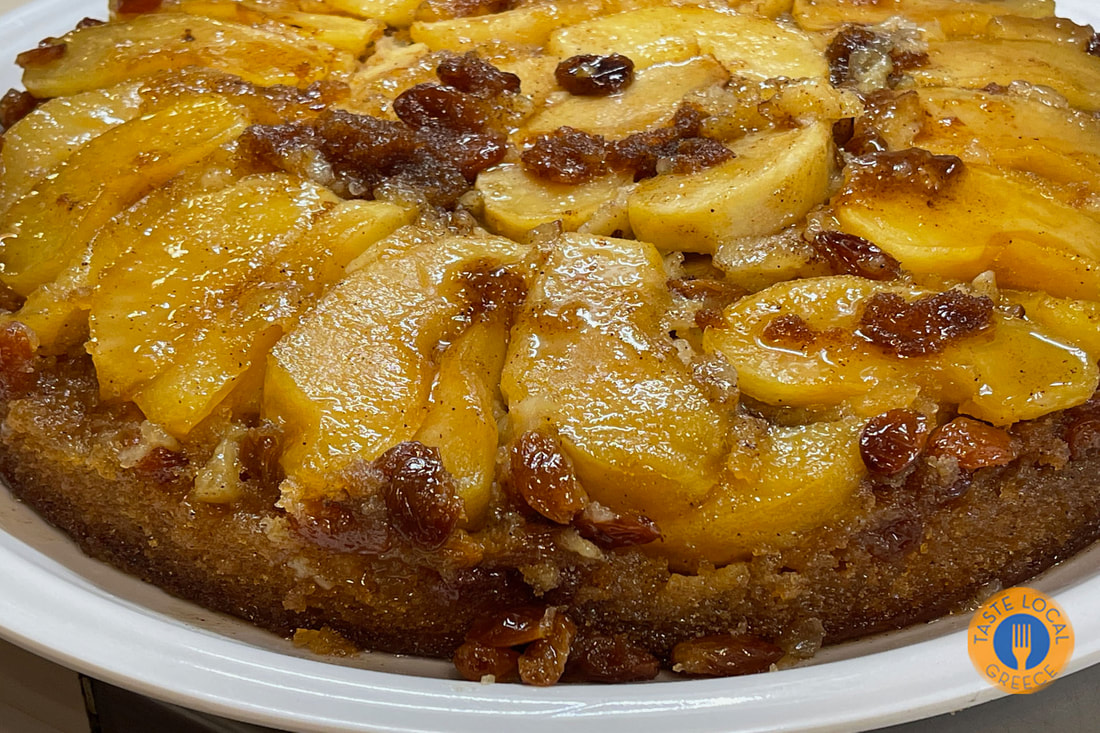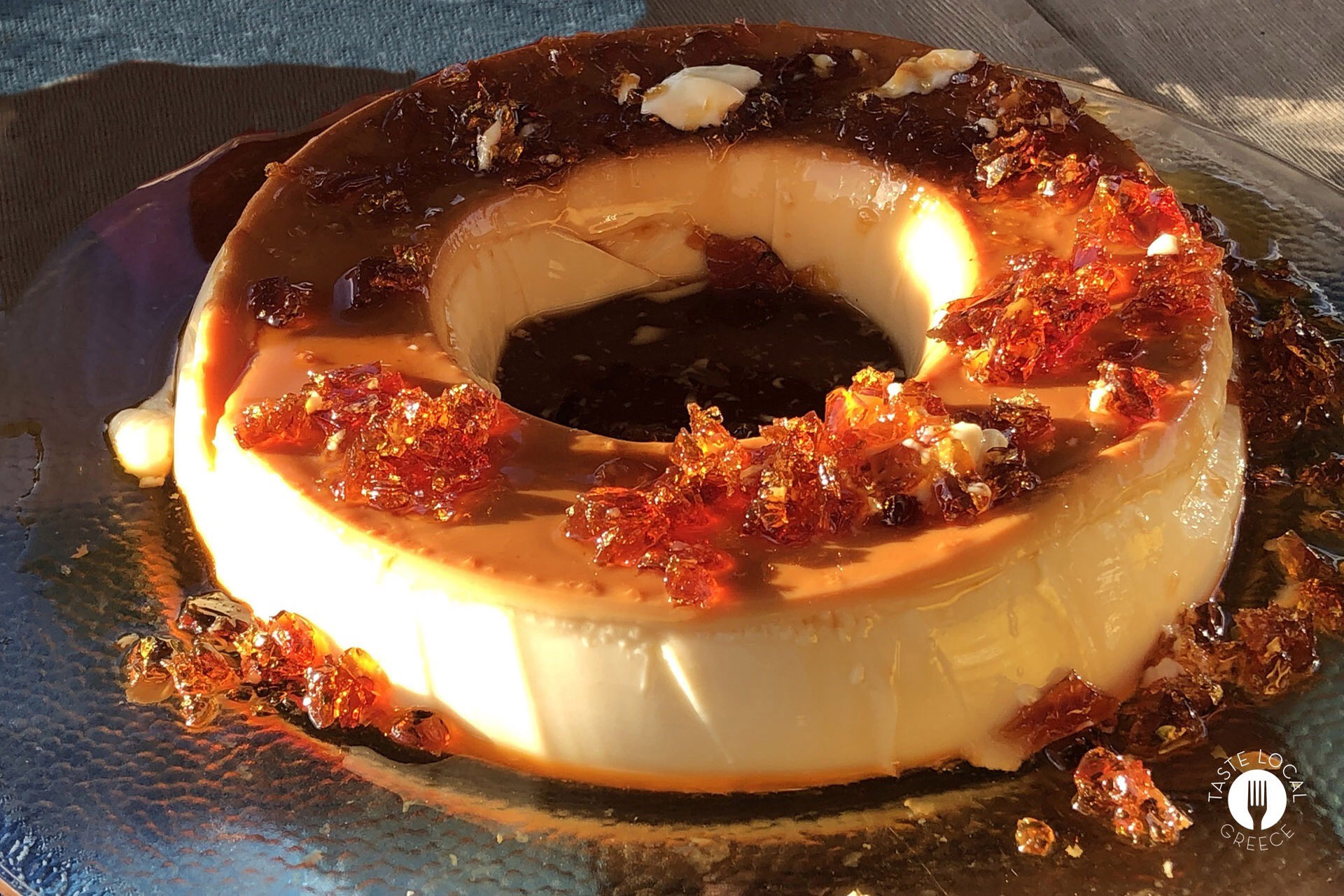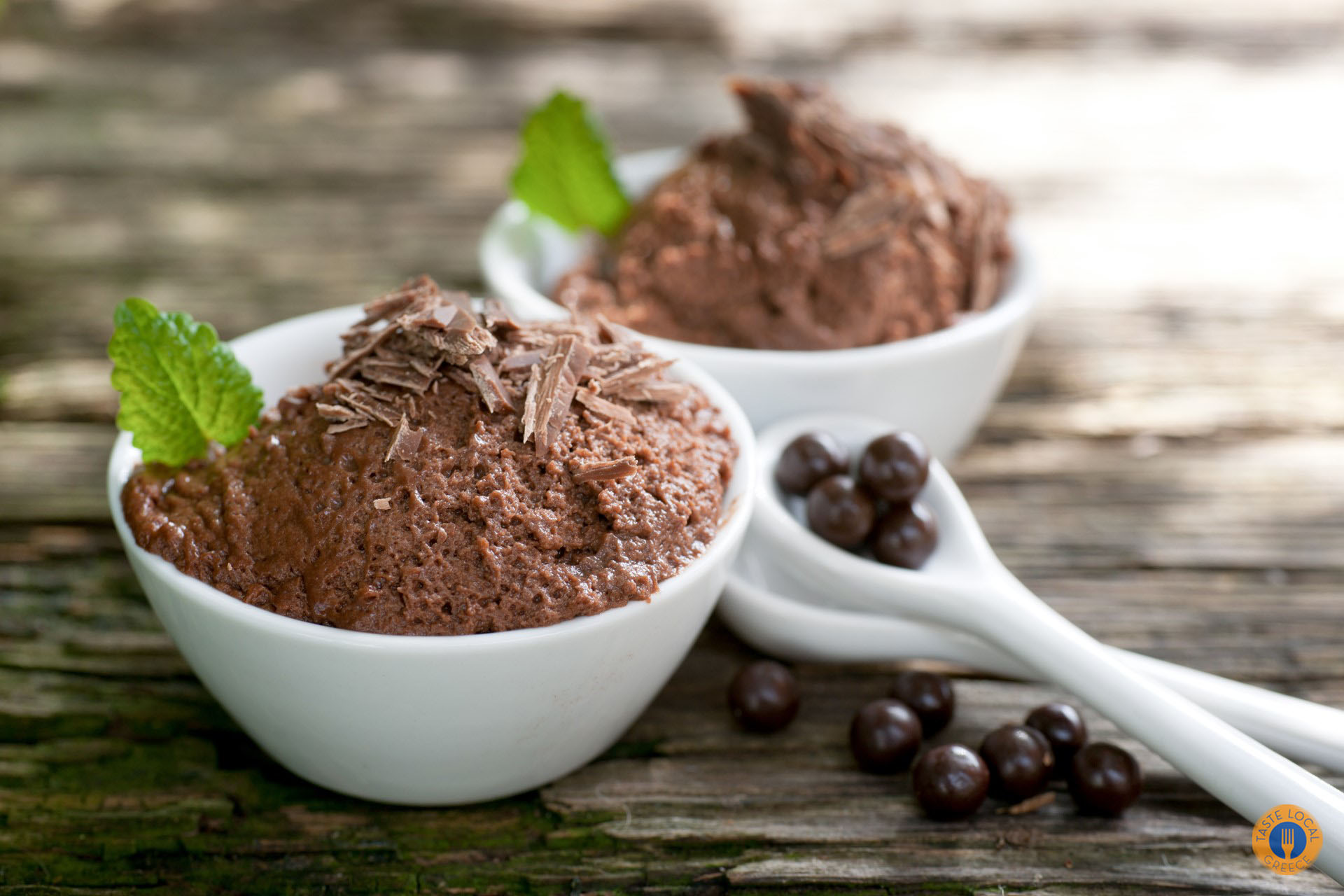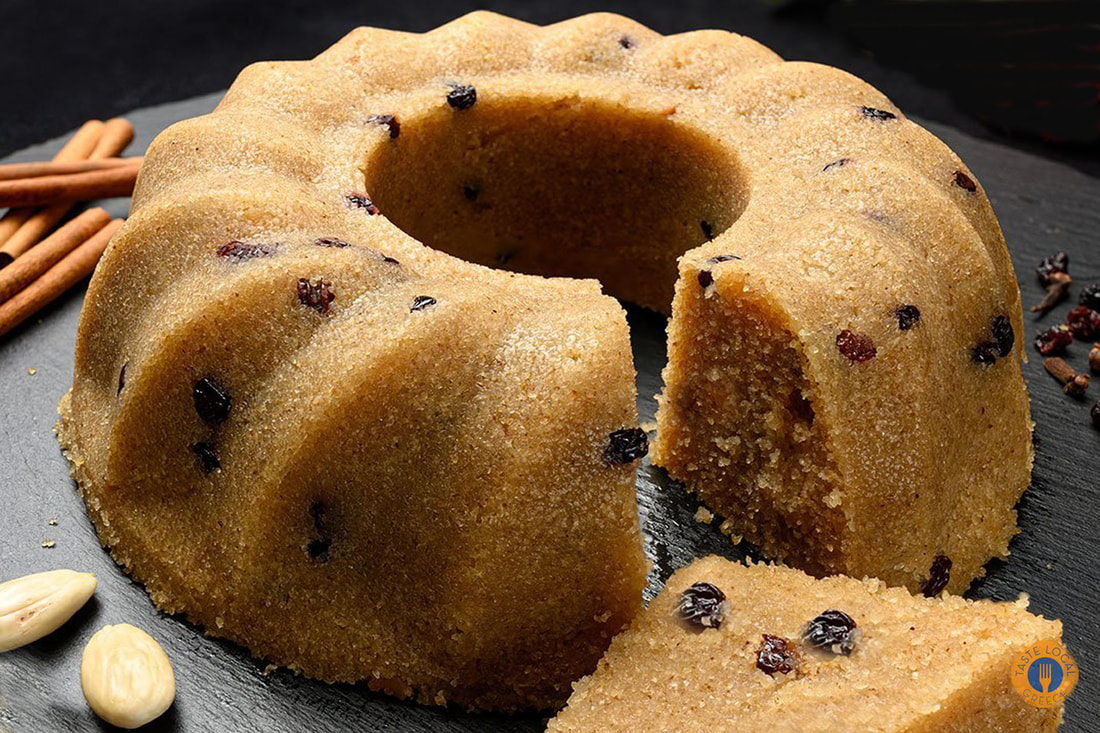There are many kinds of fava…
But like the fava of Schinoussa, the true “gold of the Aegean,” you’ll rarely come across.
So when such a rare product finds its way into my kitchen, as you can imagine, it calls for the necessary tsipouro ritual. While we wait for the fava to simmer gently over low heat, filling the kitchen with the scent of the Aegean!
But let’s start from the beginning…
A phone call from my fellow traveler, Panagiotis, who had just returned from the Small Cyclades, with Schinoussa as his base.
“I brought the fava… I searched high and low but managed to get the last two little bags!
I’ll be over tomorrow so we can cook it—plus I’ve got onions from Donousa!”
Happiness!!!
I’ll add the olive oil from Kyparissia, from my grandfather’s olives, and the capers from Andros… With just three ingredients you can make perhaps the simplest yet most perfect dish.
Early in the morning, at dawn, Panagiotis arrived, smiling from ear to ear, carrying the golden, grainy treasure!
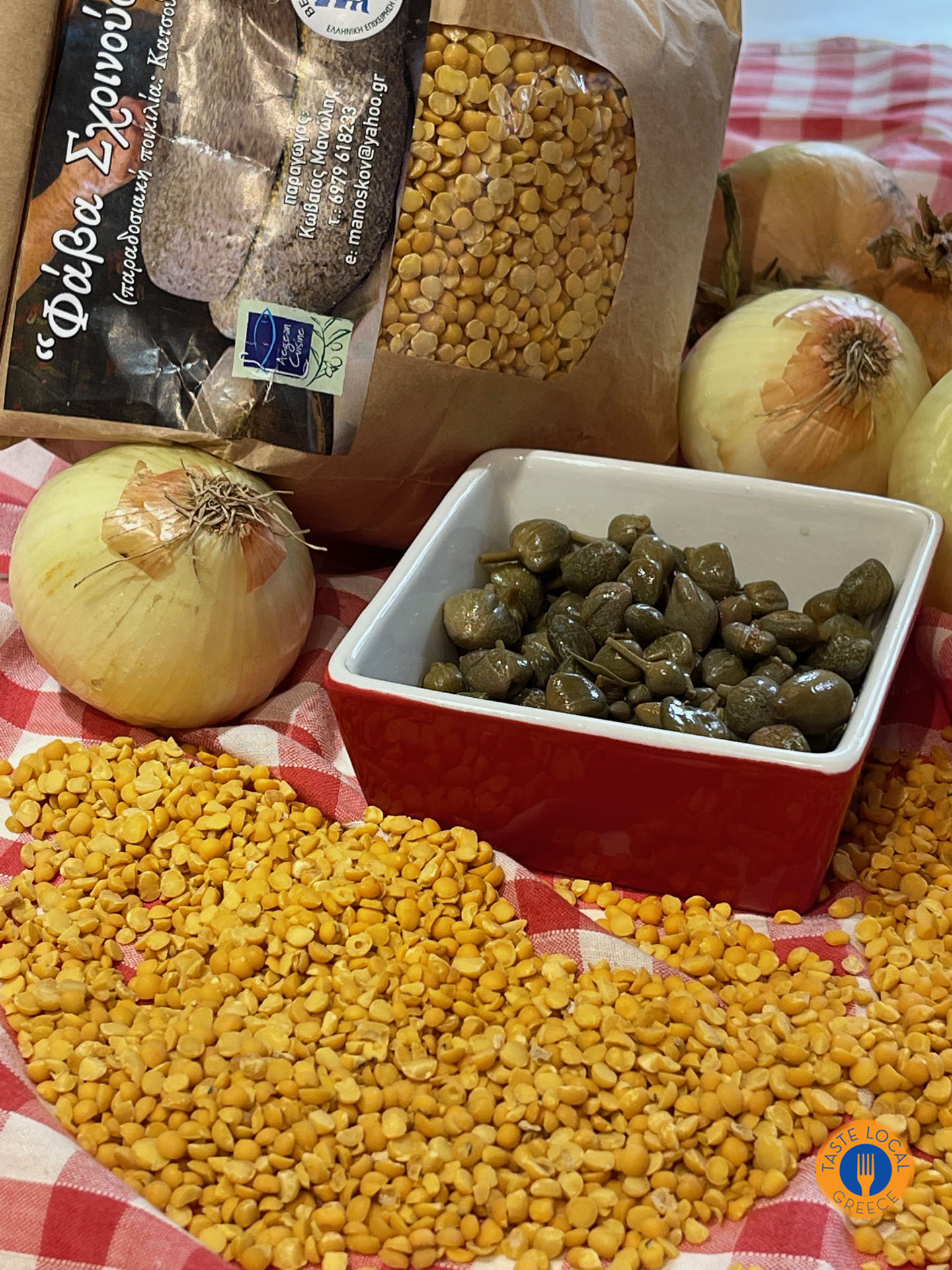
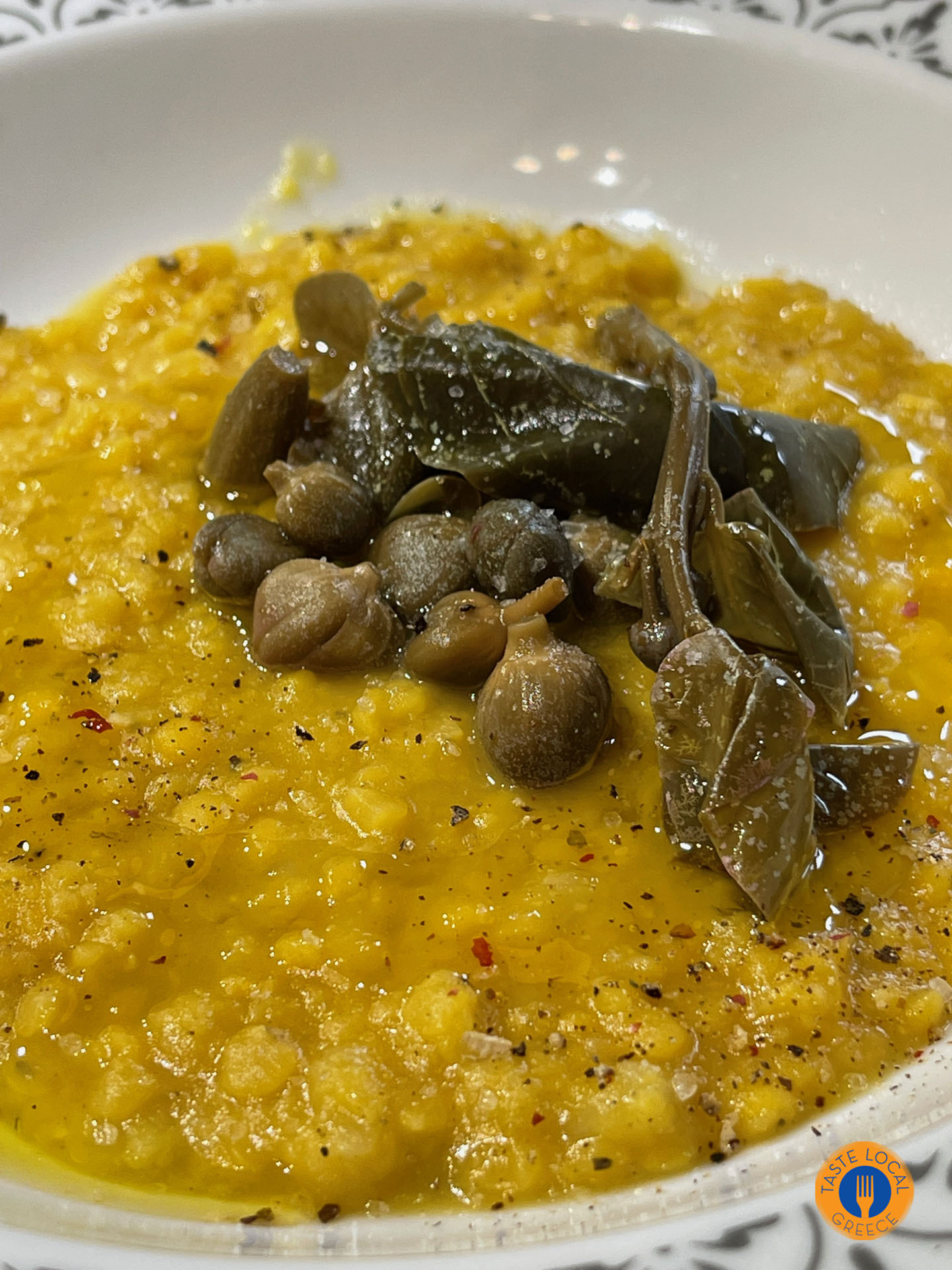
The Adventure
Together with photography, stories about the small Cyclades began. About the magical cluster in the middle of the Aegean, with the genuine islanders, the tranquil life, and the magical beaches. Schinousa, one of the smallest and most overlooked islets of the cluster compared to the cosmopolitan Koufonisia, has a unique sweetness! It’s just one settlement of about two hundred inhabitants, spread out to the left and right of the main road. Small hills and magical sandy beaches with turquoise waters hold you hostage when you find yourself near them. The inhabitants are engaged in farming and animal husbandry. On your short walk around the island, you are impressed by the abundance of goats, sheep, and crops. However, the most characteristic crop of the island is “the fava”. Schinousa’s fava, the gold of the Aegean.
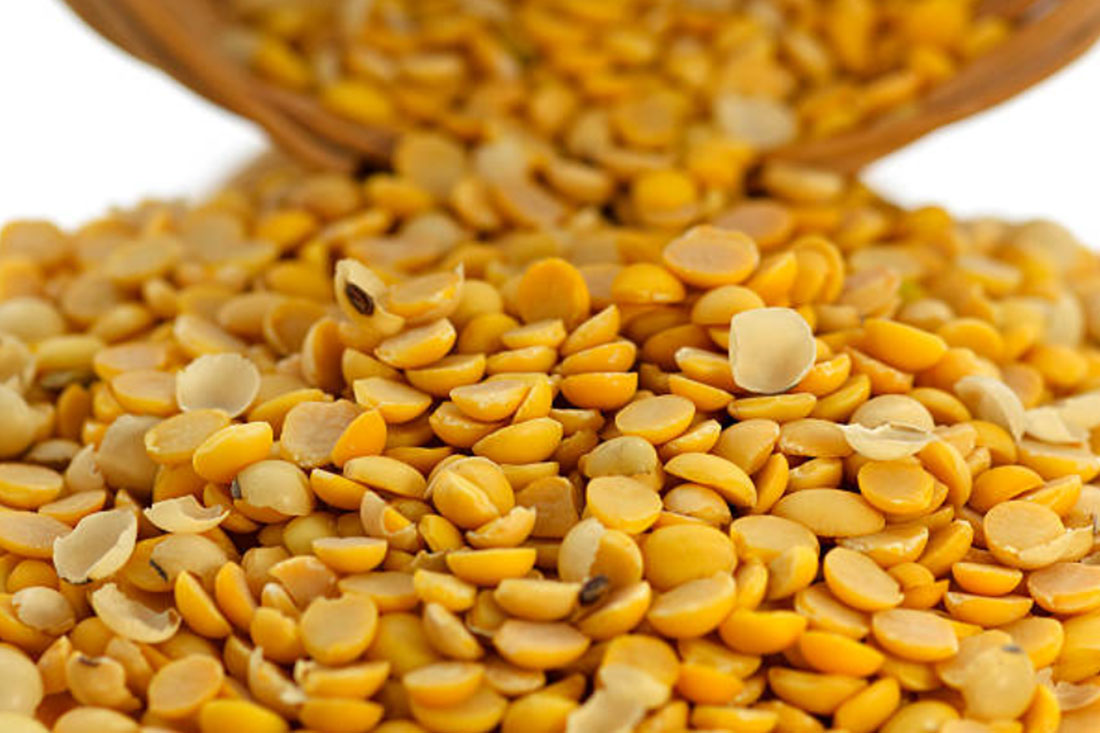
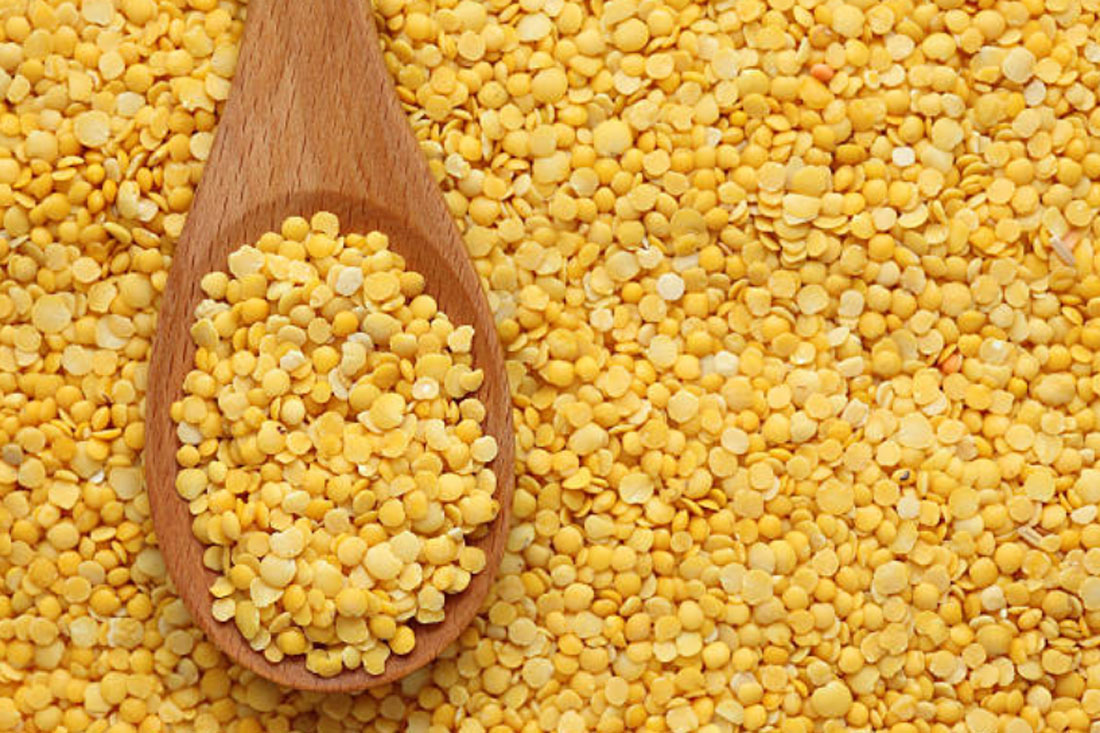
The story
The fava, the gold of the Aegean, from the rare “katsouni” variety, arrived on the island long ago with immigrants from the opposite island of Amorgos. It found, one could say, its ideal place to thrive and excel—with great glory, I would say….
Its cultivation is difficult and demanding, with laborious and time-consuming processes. But the people of Schinousa persevered, and now they hold in their hands perhaps the best fava in Greece. The younger generation understood the importance of this cultivation and invested in fava. As a result, it is now the island’s primary product.
So, the fava of Schinousa is completely different from its main competitor, the fava of Santorini. Here, the variety is ‘katsouni,’ while in Santorini, the fava is made from the classic ‘lathouri’ legume. The result is a fava that is sweeter, more velvety, completely different from anything you’ve ever tasted!
My first encounter with this fava was twenty years ago. While sailing the Aegean on a dinghy, I arrived at Schinousa. There, I tried the fava at the island’s only little taverna at the time, Kyra Pothiti’s. The fava, simple, without any fuss, served with onion and capers!
From that moment on, a love affair was born, and I am always searching to find the fava of Schinousa, the fava made from the ‘katsouni’ variety.
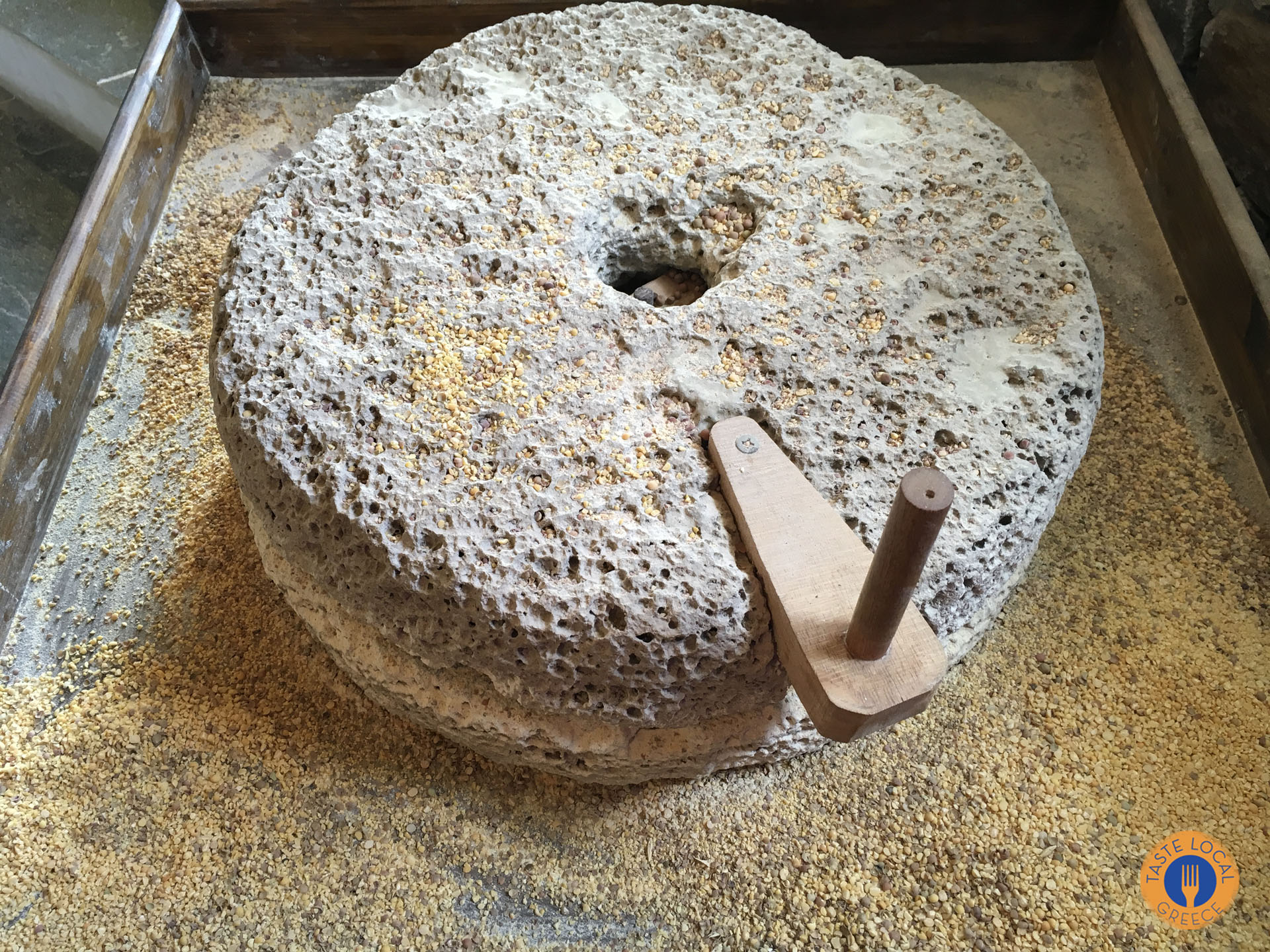
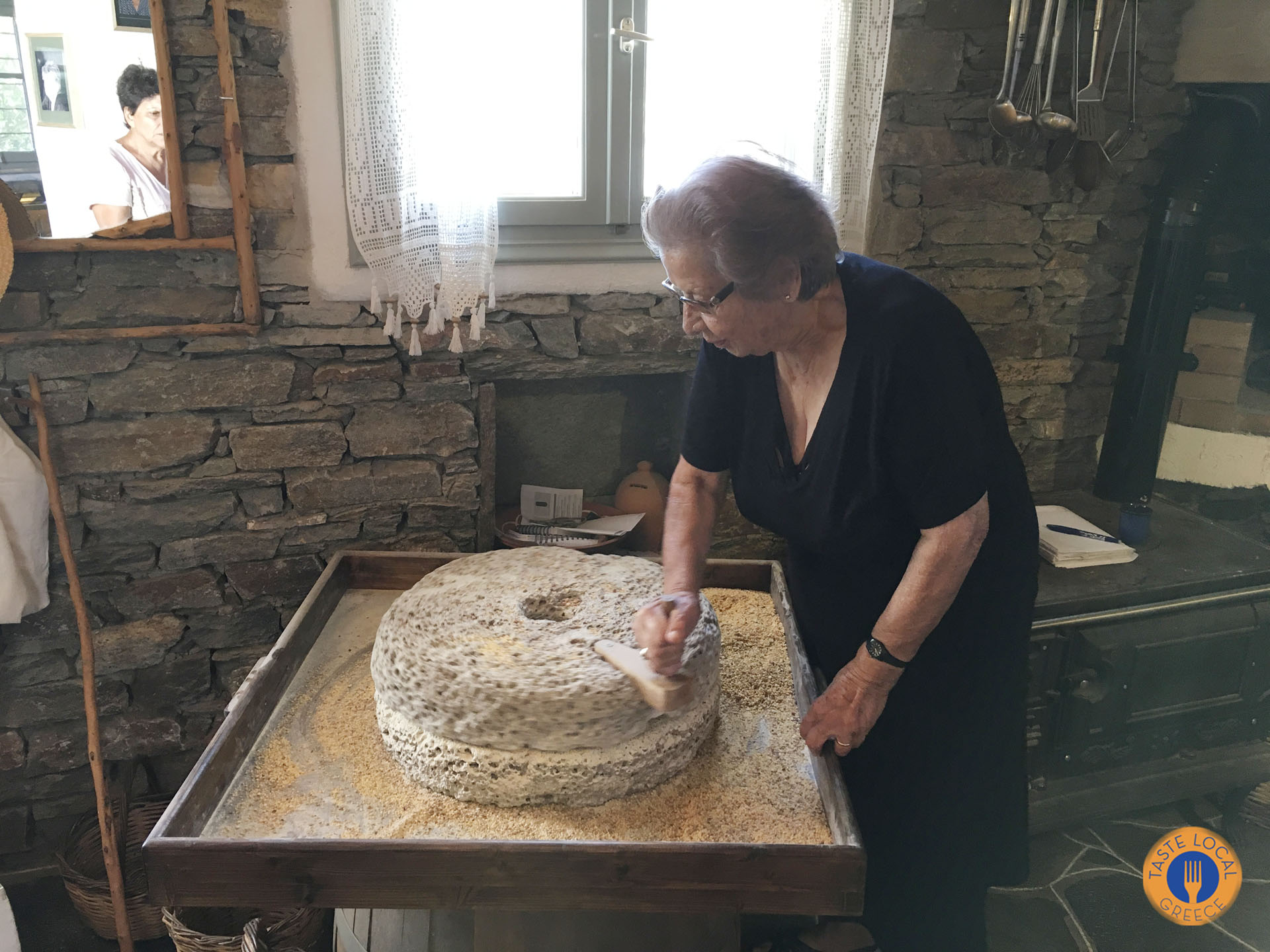
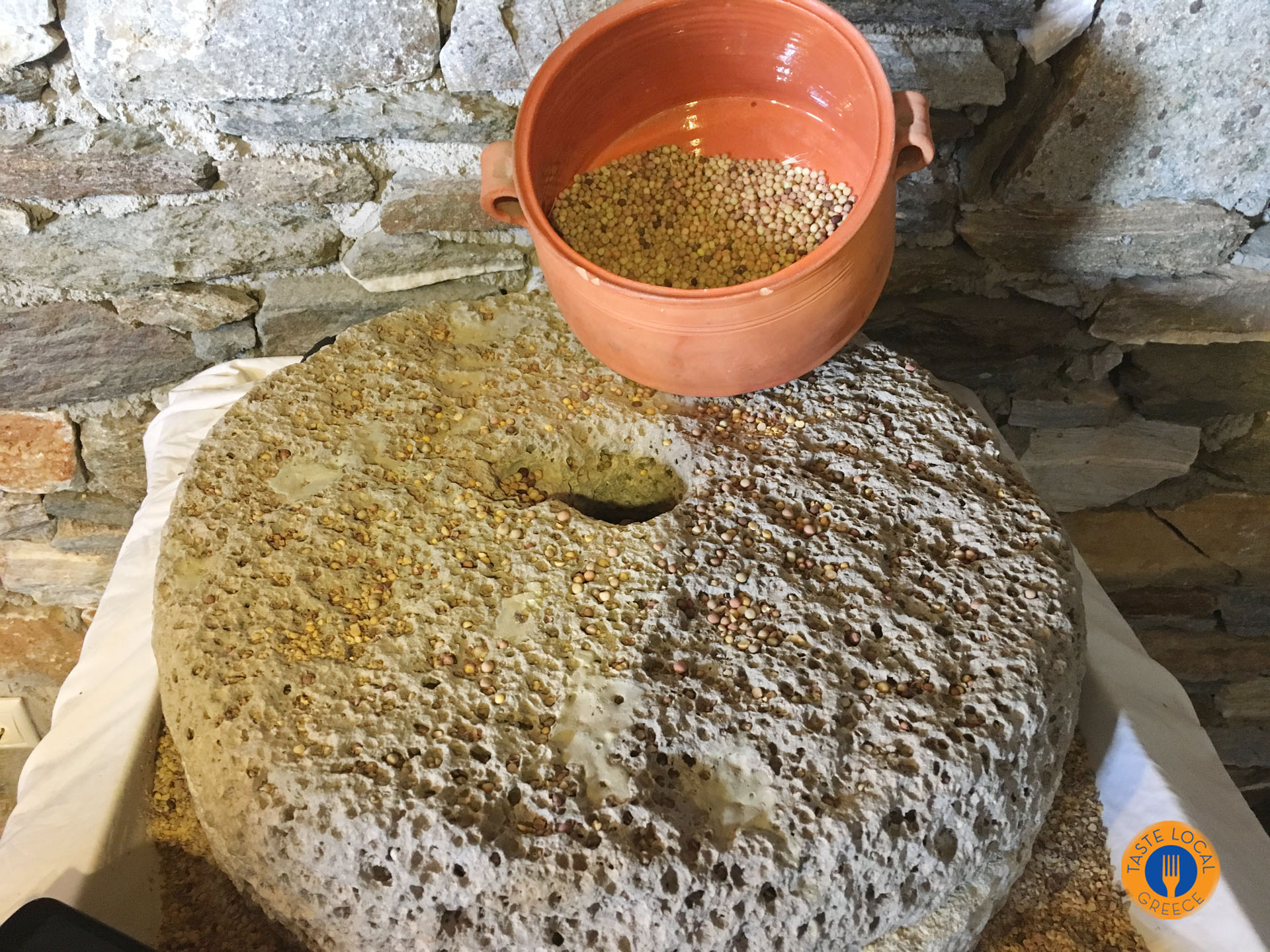
The recipe
And the recipe for Schinousa’s Fava, the gold of the Aegean, just as it was given to us when we ate it there. Not passed through a blender like baby food, but as they used to eat it in their homes. With a bean occasionally hitting your tooth and the full flavour spreading across your palate!
So, for the fava, you must always remember the ratio: one to three. That is, one kilo of fava to three litres of water.
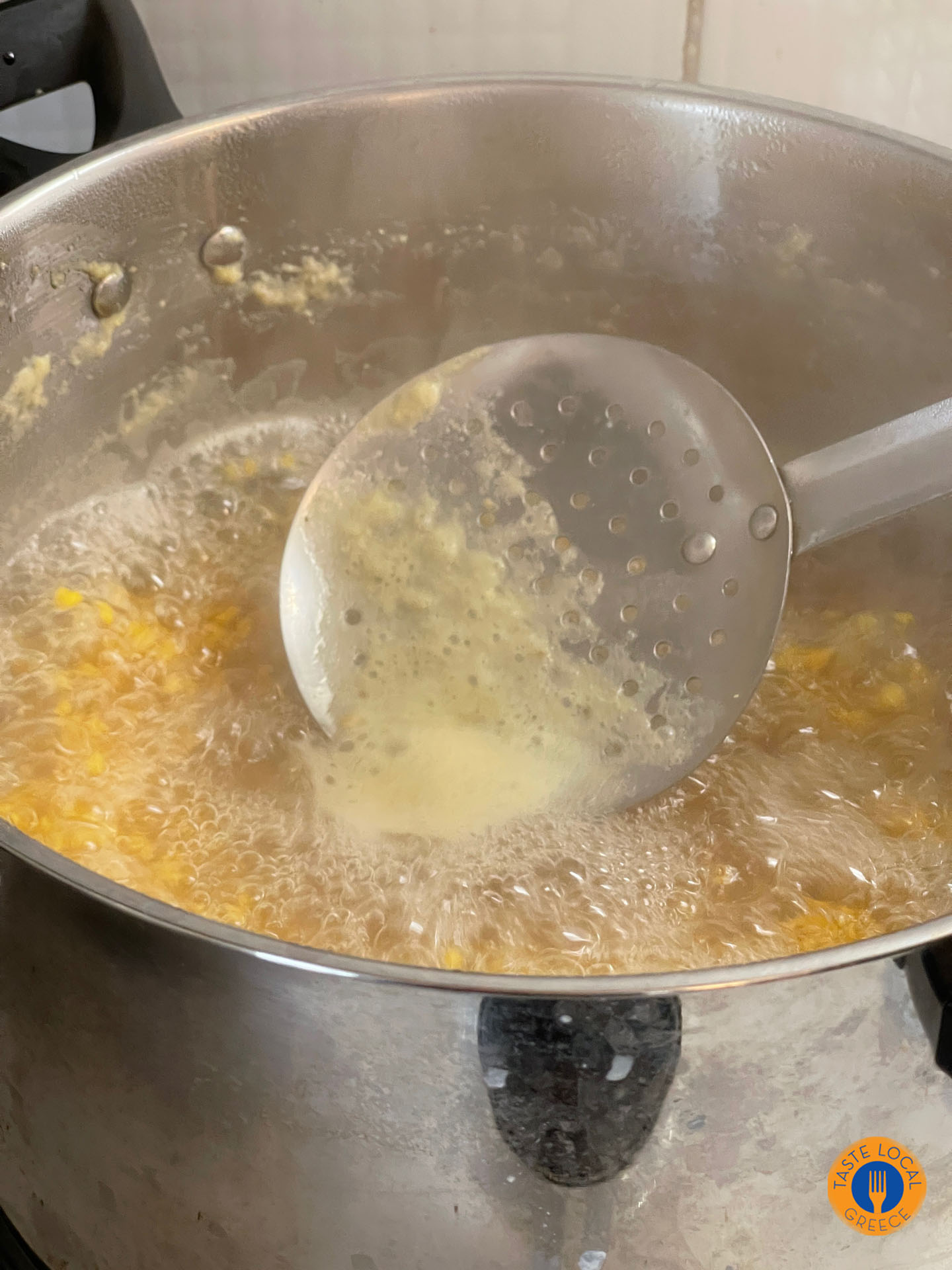
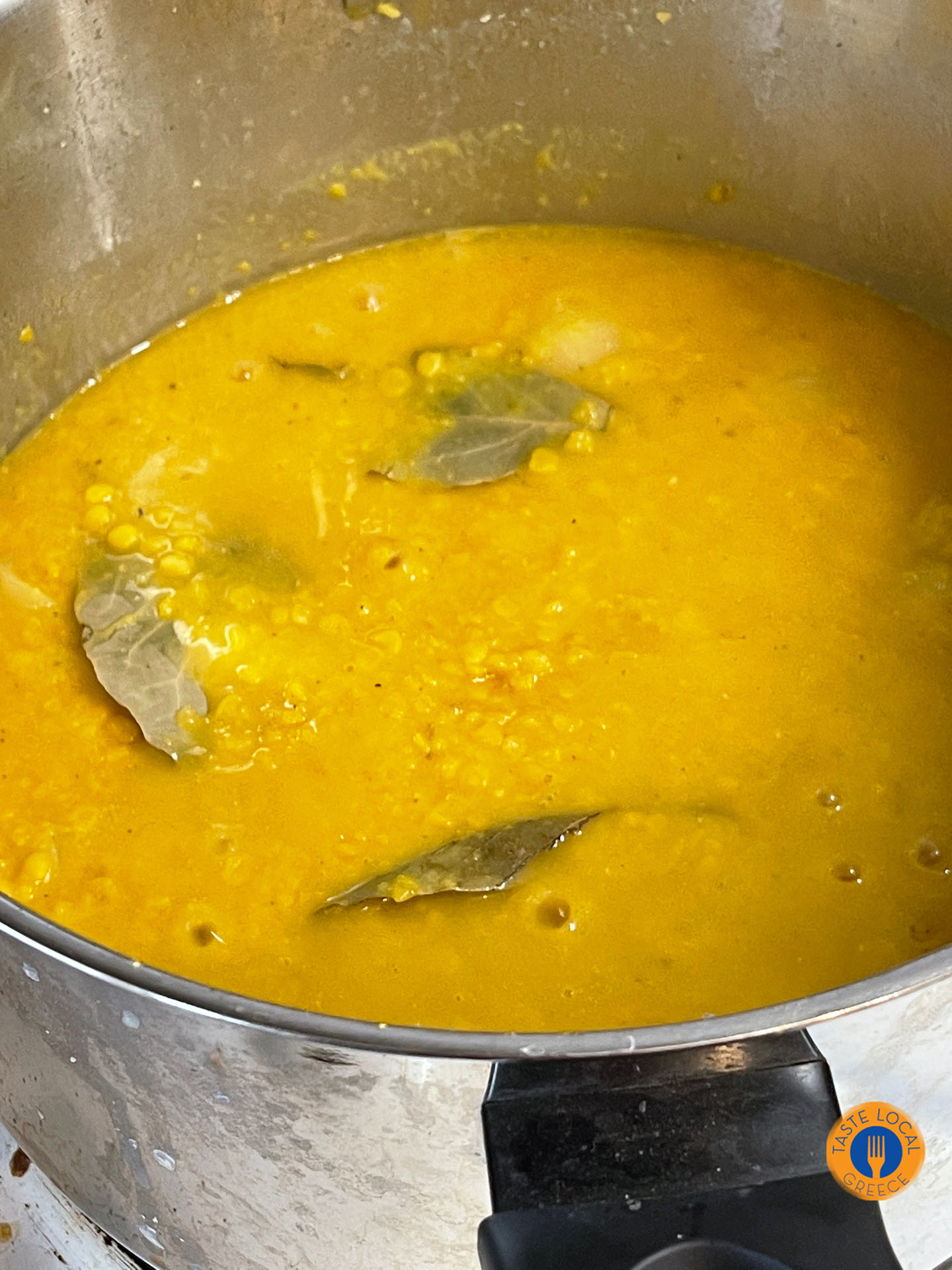
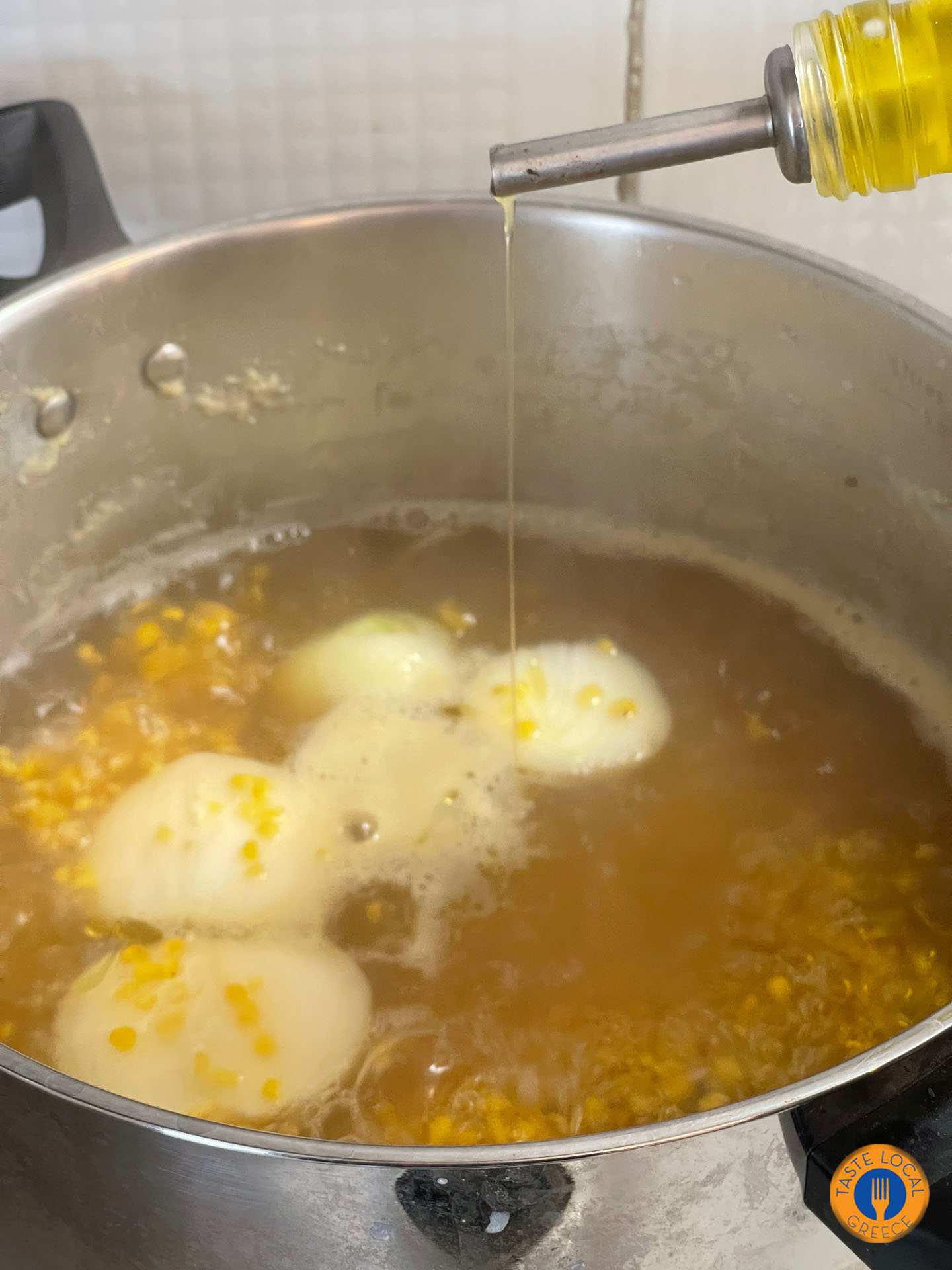
500 g Schinousa Fava (dried yellow split peas)
1 large onion from Donousa (or a regular yellow onion)
Salt, pepper
1 wine glass of high-quality extra virgin olive oil (approx. 150 ml)
Finely chopped raw onion and capers for serving
The Process
We wash the Schinousa fava, the gold of the Aegean, thoroughly with plenty of cold water.
In a pot, we use three parts water to one part Schinousa Fava.
We boil it on high heat initially and skim off the foam frequently.
We lower the heat and add a whole, dry onion cut into quarters, stirring often so it doesn’t stick to the bottom.
When the onion has dissolved, which takes about forty-five minutes to an hour, we remove it from the heat. We add salt, olive oil, and serve it with lemon, finely chopped onion, and capers.
In recent years, fava is now most often served as a purée with onion in most restaurants. In more modern places, you might even find it with caramelized onions or even with a tentacle of octopus on top!
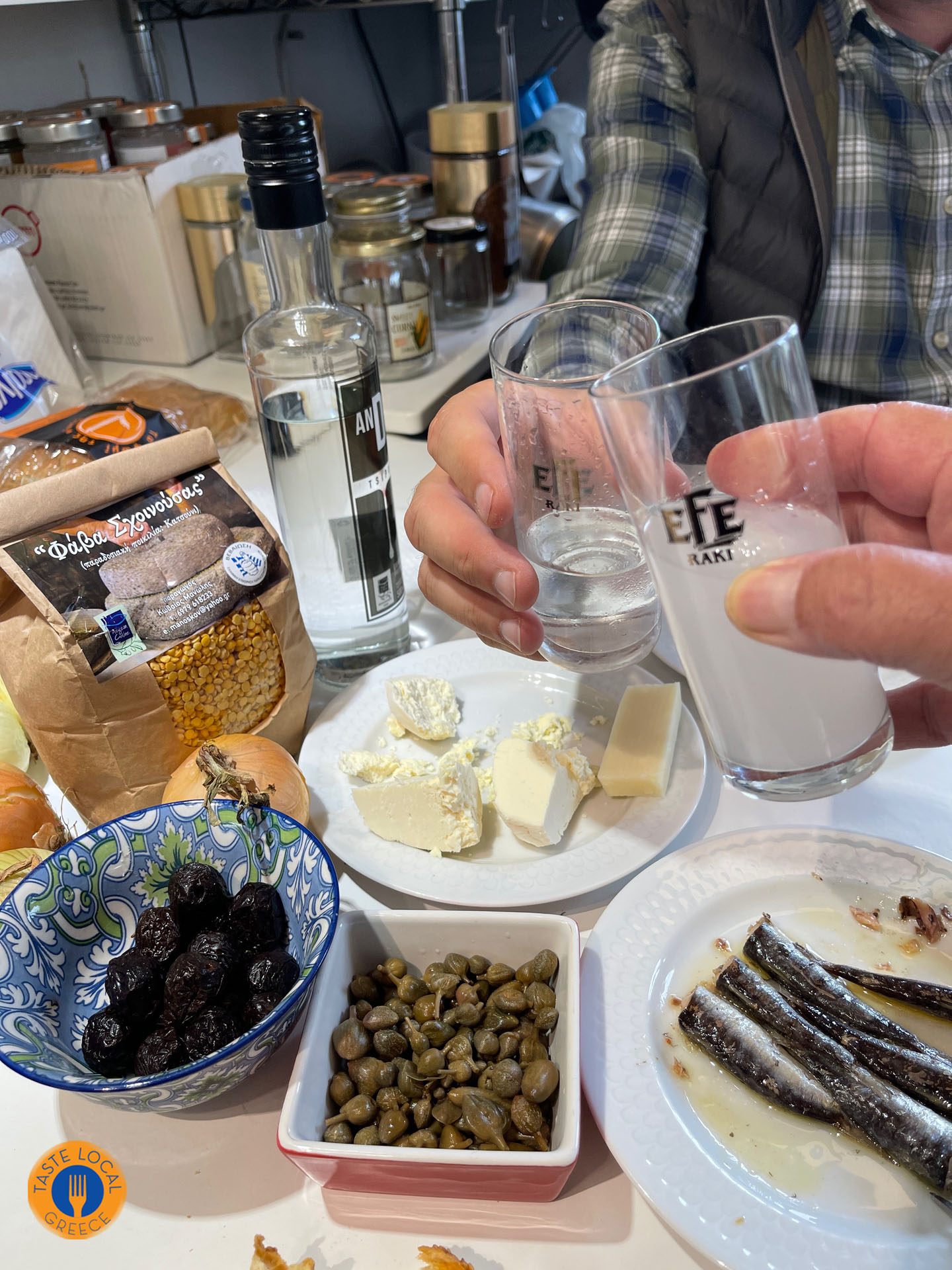
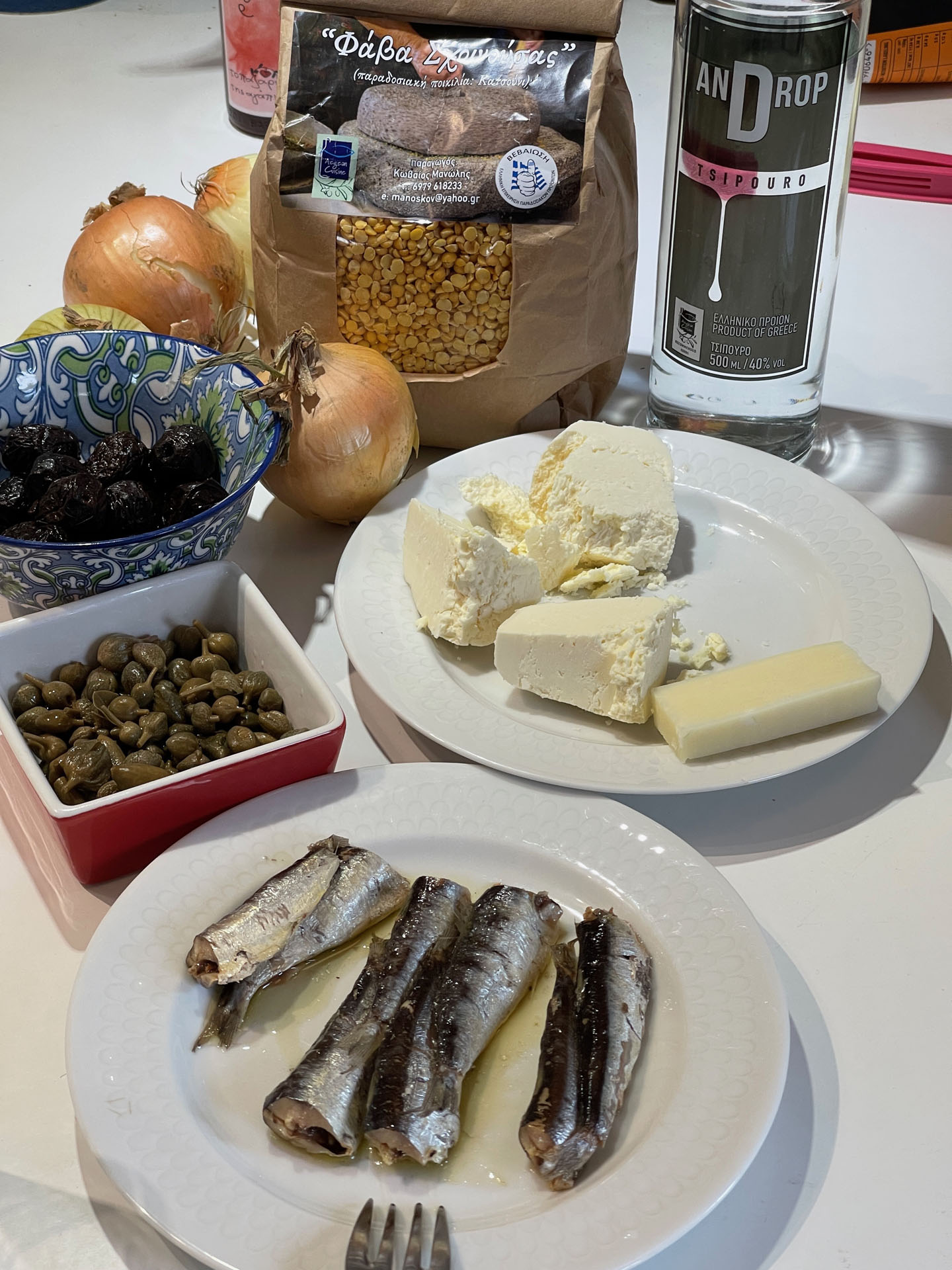
Waiting for the fava to finish, we also put tentacles from a huge octopus in the pot. The one I had bought the previous day at the covered market in Kallithea, to garnish our fava and enjoy with our ouzo.
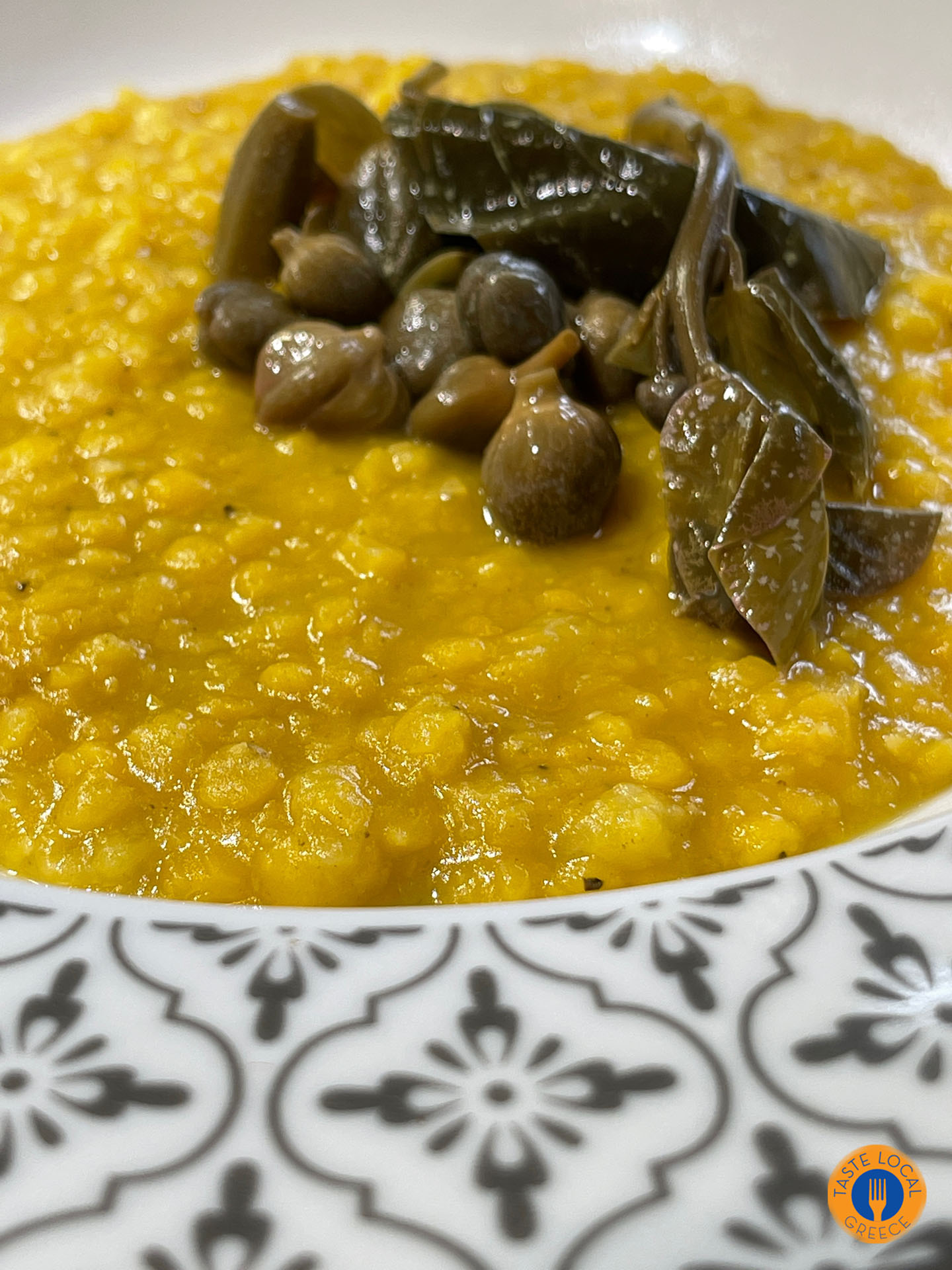
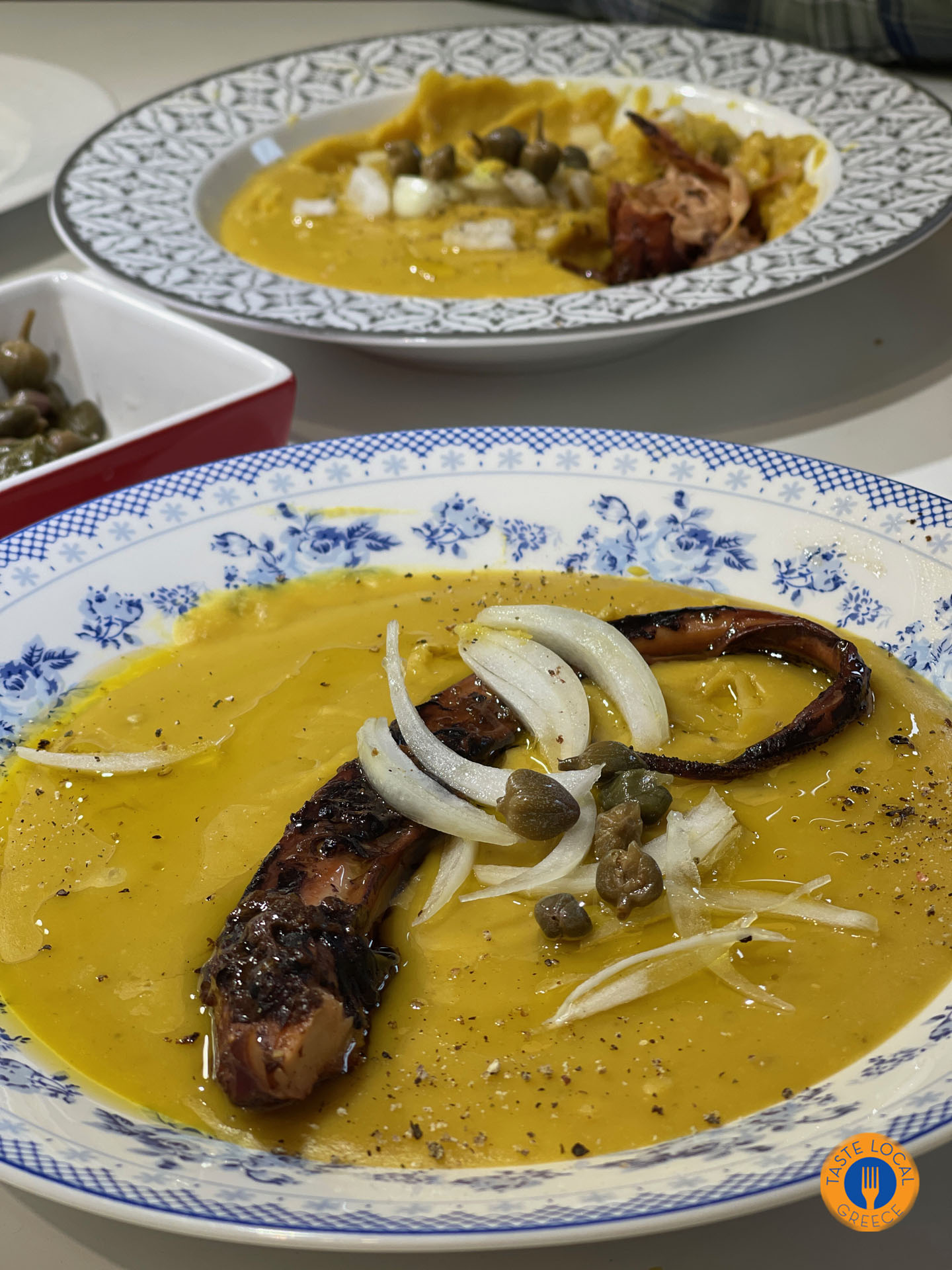
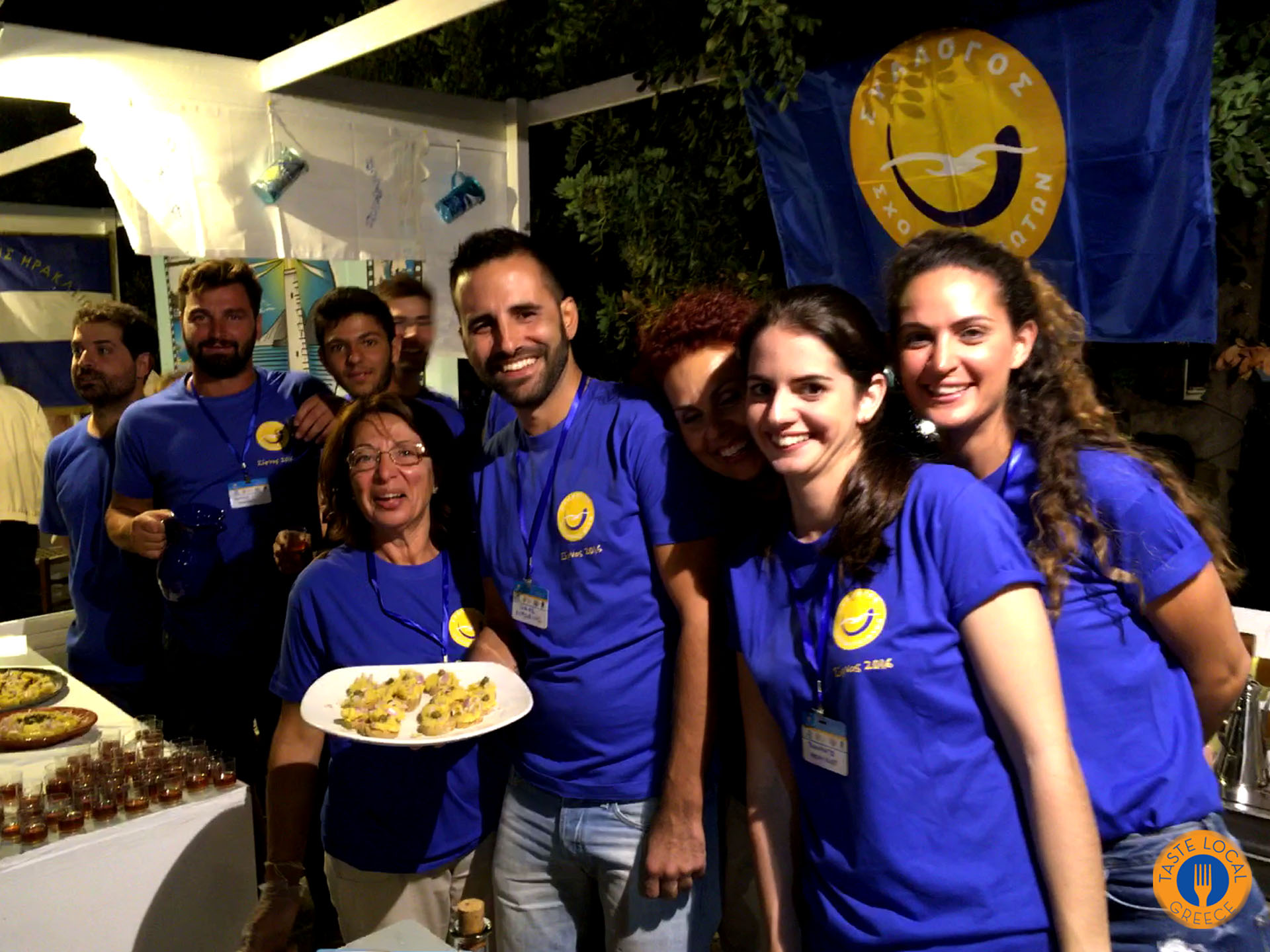
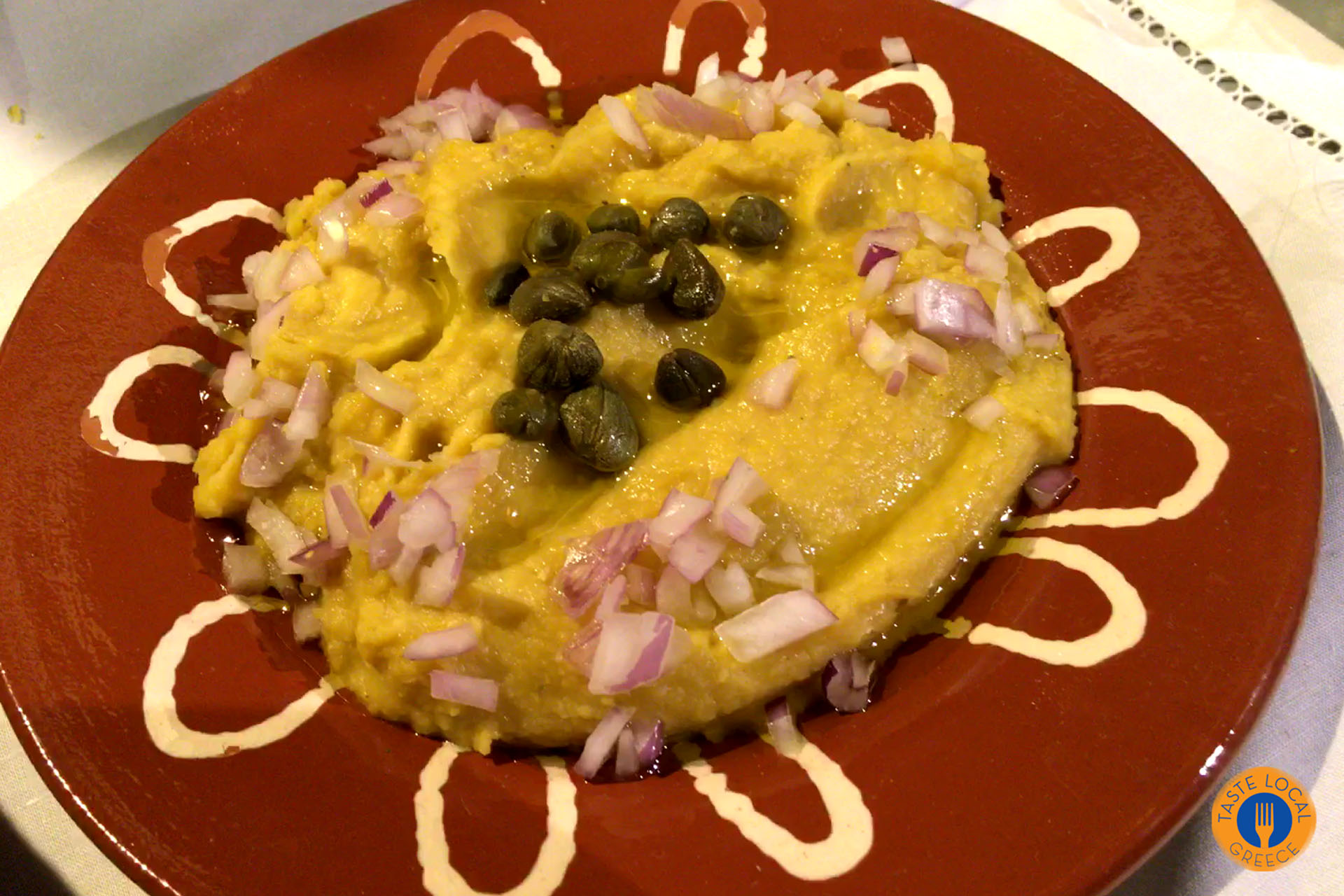
Shinousa island
In Schinousa, which you must visit immediately, before it too loses the uniqueness of old Greece, you will find two large, organized producers and many anonymous small ones from whom to procure the Schinousiotiko Fava.
Manolis Kovaios, the son of Kyra Pothiti, was one of the first to have foresight and invest in fava. Together with Thodoris Nomikos, they are today the most important producers, along with about ten smaller ones.
And, of course, you will eat the fava along with other select meze on the veranda of Kyra Pothiti’s. You will drink your coffee at the old, classic café “Hara” under the shade of the vine, or sitting by the flowery window, watching the movement on the street…
This beautifully captures the essence of the island’s culinary culture and its charming, timeless atmosphere.
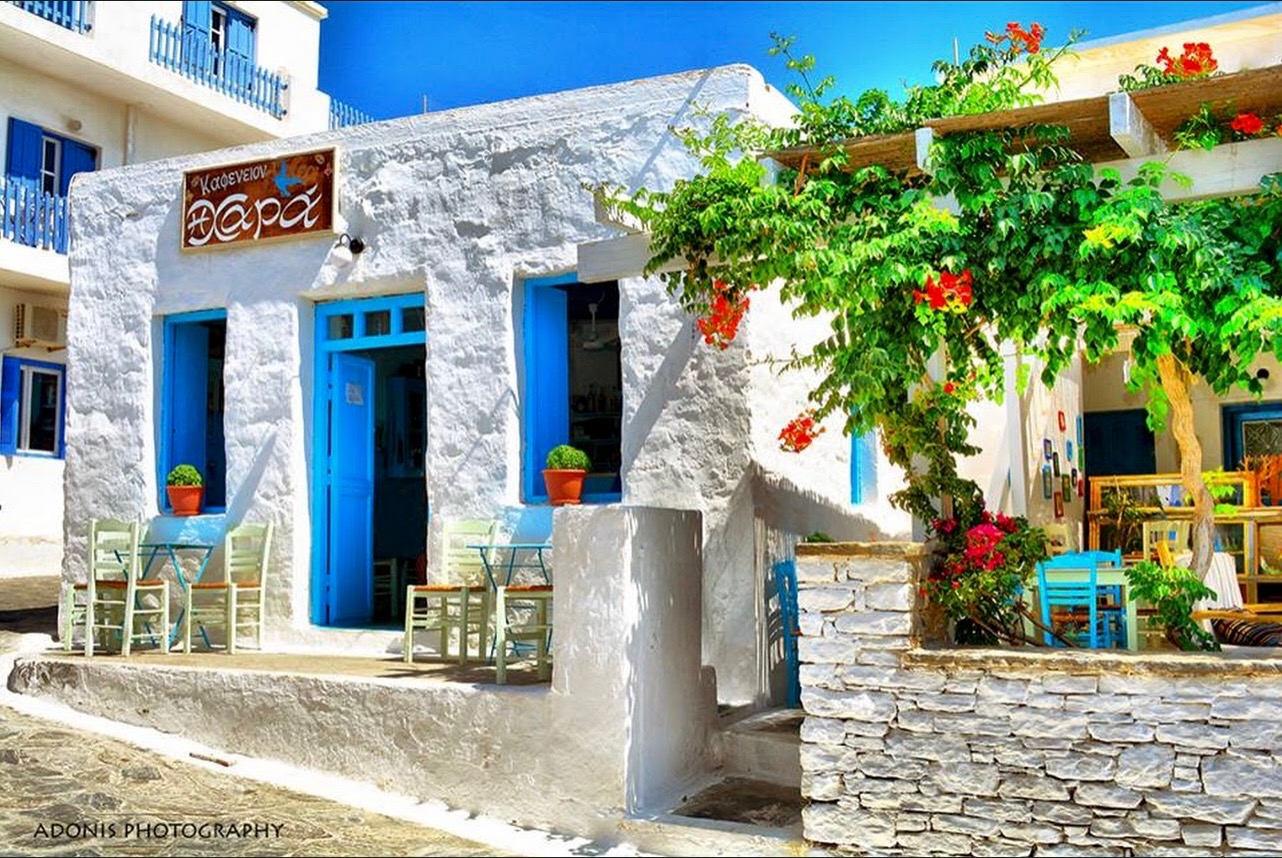
Small Cyclades
Livadi Beach, Psili Ammos, and Tsigouri will reward you in the best way possible with their crystal-clear waters. And for lovers of absolute tranquility, there is Psili Ammos in the northeast for situations of total solitude… You and the vast blue, castaways in the small Cyclades!
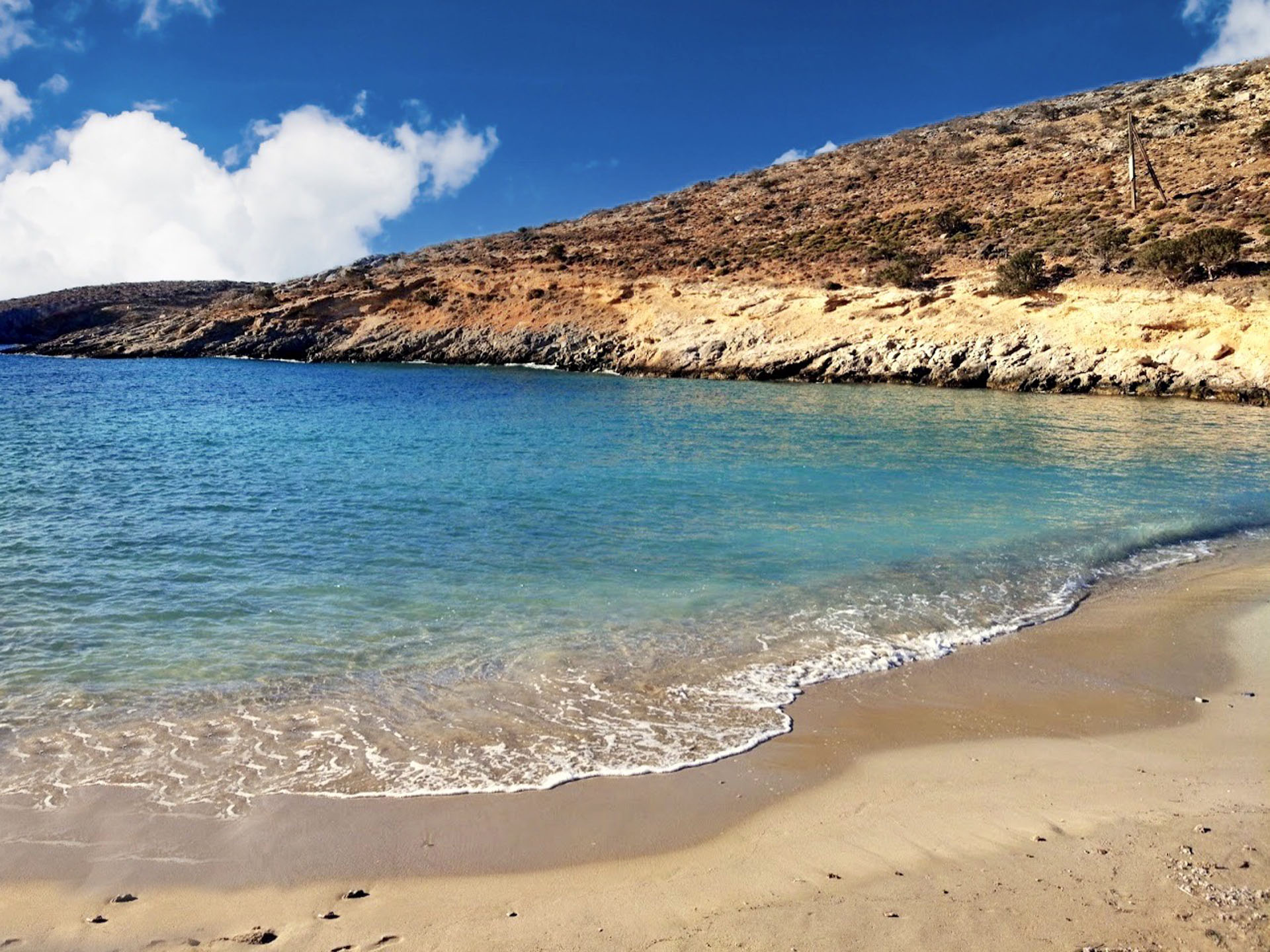
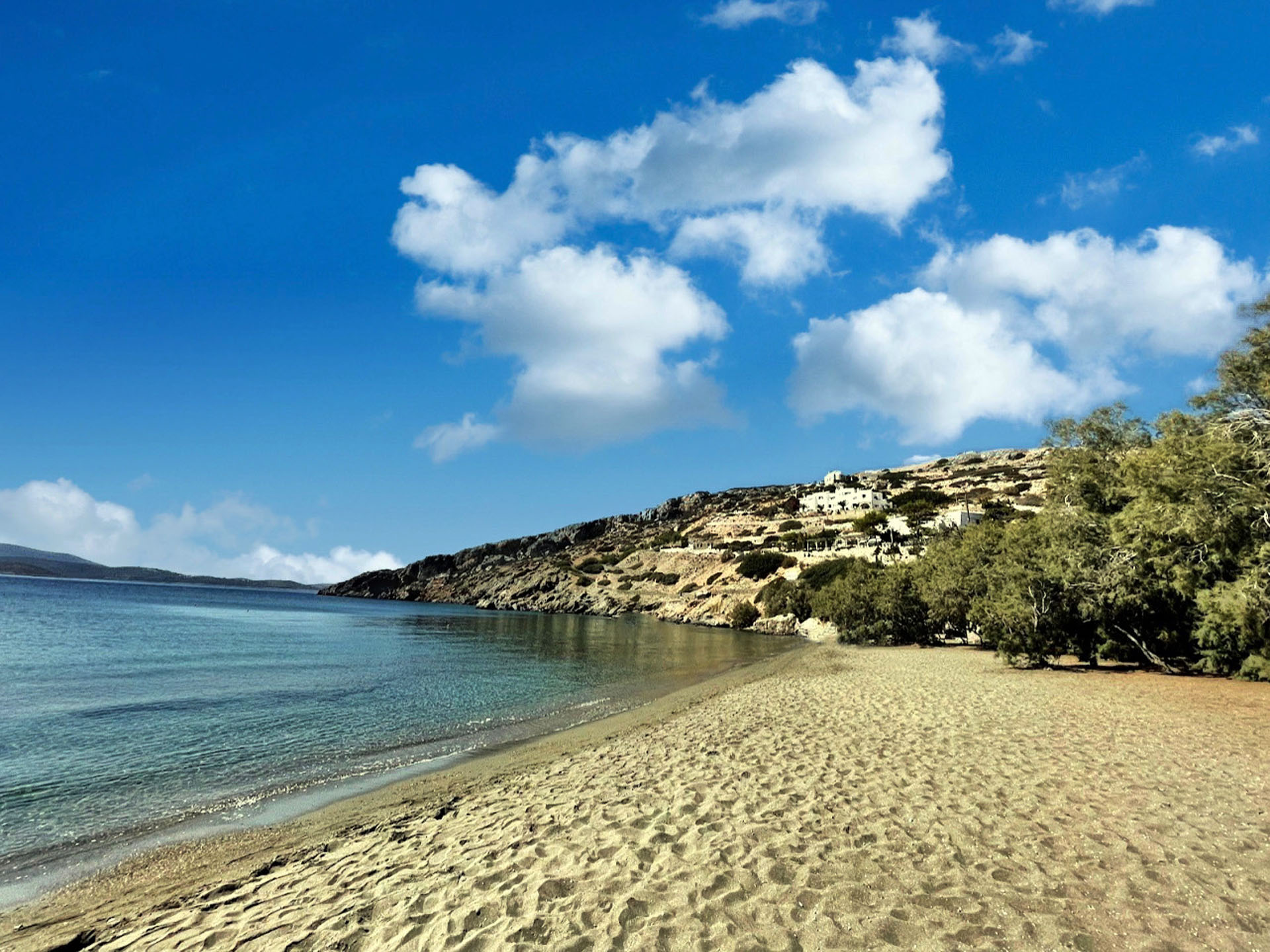
The Small Cyclades are magical, especially at the beginning of the summer. Iraklia, Schinousa, Koufonisi, Donousa. The uninhabited surprise islet of Keros and Amorgos will impress you with their simplicity, hospitality, and crystal-clear waters!
Try to visit Schinousa towards the end of June. You might find yourself at one of the most beautiful festivals in the Cyclades. It’s not dedicated to saints, but to the golden treasure: the fava of Schinousa.
At the “Festa tou Fava” (Festival of the Fava), the inhabitants honor the product with a big celebration, cooking the fava and, alongside it, small fried fish that send your taste buds soaring…
And of course, there is singing and dancing until your feet can’t hold you up anymore…
The Fava of Schinousa, the gold of the Aegean, has worked its miracle!
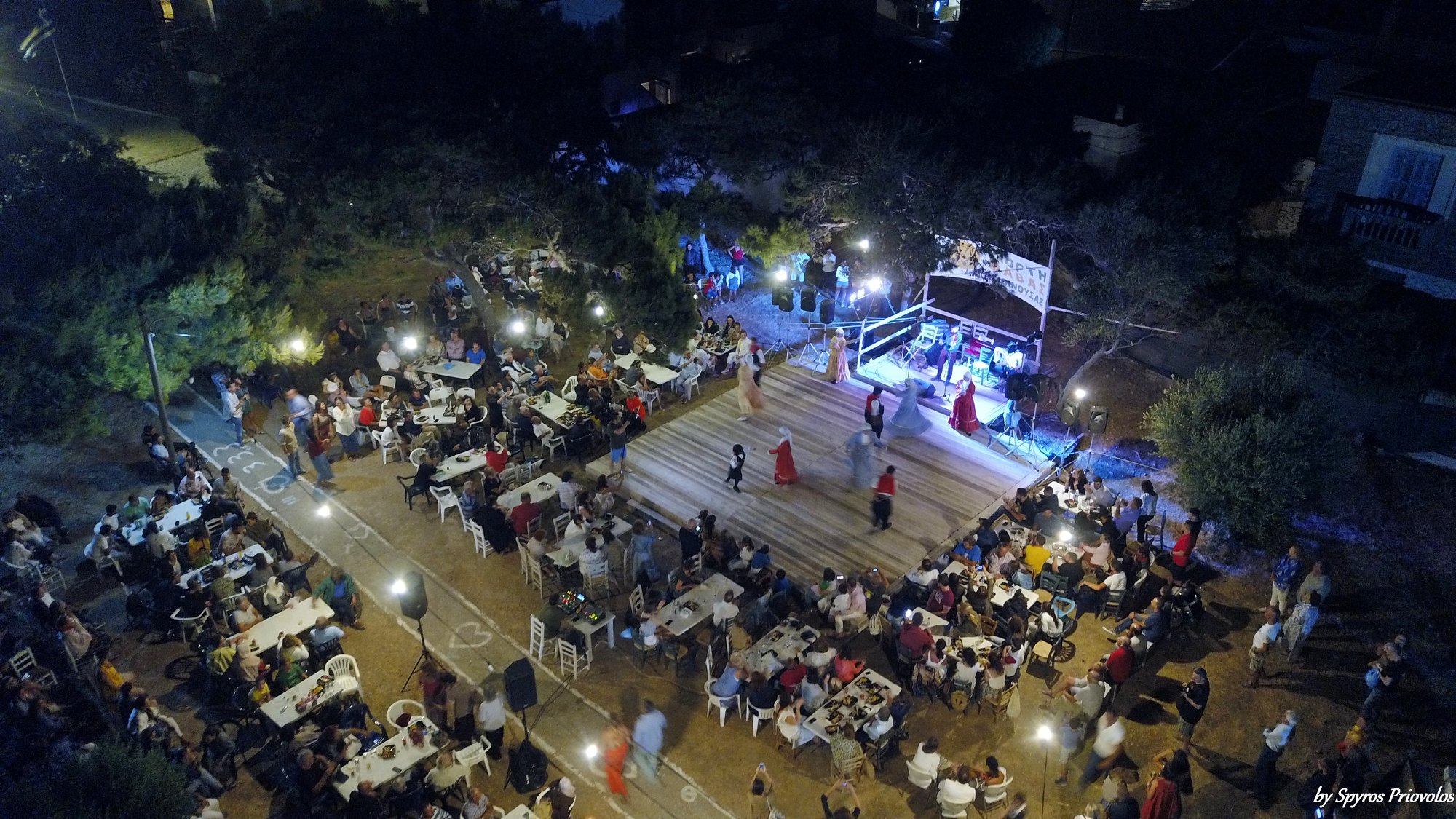
So, you should also seek out the fava of Schinousa, the gold of the Aegean!
You will certainly find it more expensive than others, roughly double the price.
But when you taste it, you too will become a devotee of its sweet flavor.
Text and photos by GiorgioGrigor


